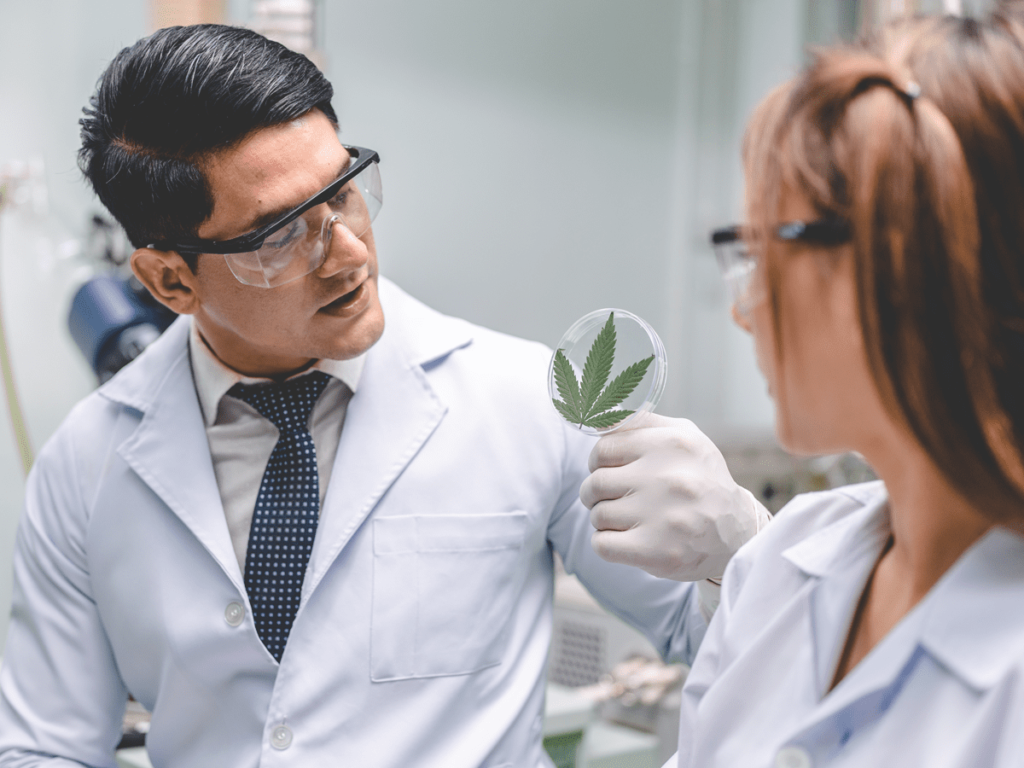If you’ve ever shopped for hemp or cannabis products, you’ve likely come across the term COA. While it might seem like just another industry buzzword like CBD or terpene, a COA is actually a crucial component of the process.
Understanding a COA is essential when purchasing hemp or cannabis products. While appearance and aroma can give you some insight into a product, a COA provides a deeper, more detailed understanding of what you’re about to buy.
What does COA Stand For?
COA is short for Certificate of Analysis. They are the third-party testing results of a laboratory licensed to test for a variety of things. These items can be required by state or federal law (depending on if the product is derived from hemp or marijuana).
What Information Does a COA Contain?
A Certificate of Analysis (COA) offers valuable insights for both industry professionals and consumers.
Third-party laboratories typically test for a range of factors, including but not limited to:
- Cannabinoid potency
- Terpene profiles
- The presence of mold, pesticides, herbicides, or heavy metals
- Moisture content (especially for smokable flower products)
For hemp products, COAs are mandated by federal law to ensure that all products meet safety standards and contain less than 0.3% Delta 9 THC by dry weight.

For cannabis products, legal marijuana programs vary state by state. However, COAs are a common element among all of them. This testing is a quality control measure to help ensure brands are adhering to all safety standards outlined by the individual state program.
How to Find a COA
There are several ways to locate a Certificate of Analysis (COA). Reputable brands ensure that COAs for all their products are readily accessible to customers.
The first method is by visiting the brand’s website. Trustworthy brands prioritize making essential information easy for shoppers to find. They keep COAs up-to-date and upload them directly to their website, which benefits both the brand and the customer by providing a simple and efficient way to access important details.
QR codes are another convenient option. Many brands have enhanced the online shopping experience by including QR codes on their packaging or directly on the product. Scanning the QR code instantly directs the shopper to the COA on the brand’s website. This approach has quickly gained popularity for its ease of use, convenience, and transparency.
You can also find a COA by asking an employee at the store where you’re shopping. Stores that sell these products should have copies of COAs readily available. A polite request can help you obtain the information you need.
Red Flags to Watch Out For
When reviewing Certificates of Analysis (COAs), there are a couple of warning signs to be aware of. First, check the COA expiration date. Typically, COAs are valid for about a year, and during that time, a product might change and require retesting. The expiration date can also give shoppers an idea of how old the product is.
Another red flag is if a brand is asked to provide a COA and responds by refusing, claiming that the COA is proprietary information. This refusal can undermine trust between the brand and its customers.

The Bottom Line
A Certificate of Analysis (COA) is a crucial resource for both brands and consumers. Though it might seem like just a piece of paper, a COA contains a wealth of information. It allows shoppers to verify potency, quality, and the specific cannabinoid and terpene content of a product.
Understanding how to read a COA is essential when purchasing hemp or legal cannabis products. Think of a COA as a treasure map—it guides you to the perfect product that meets your needs.
